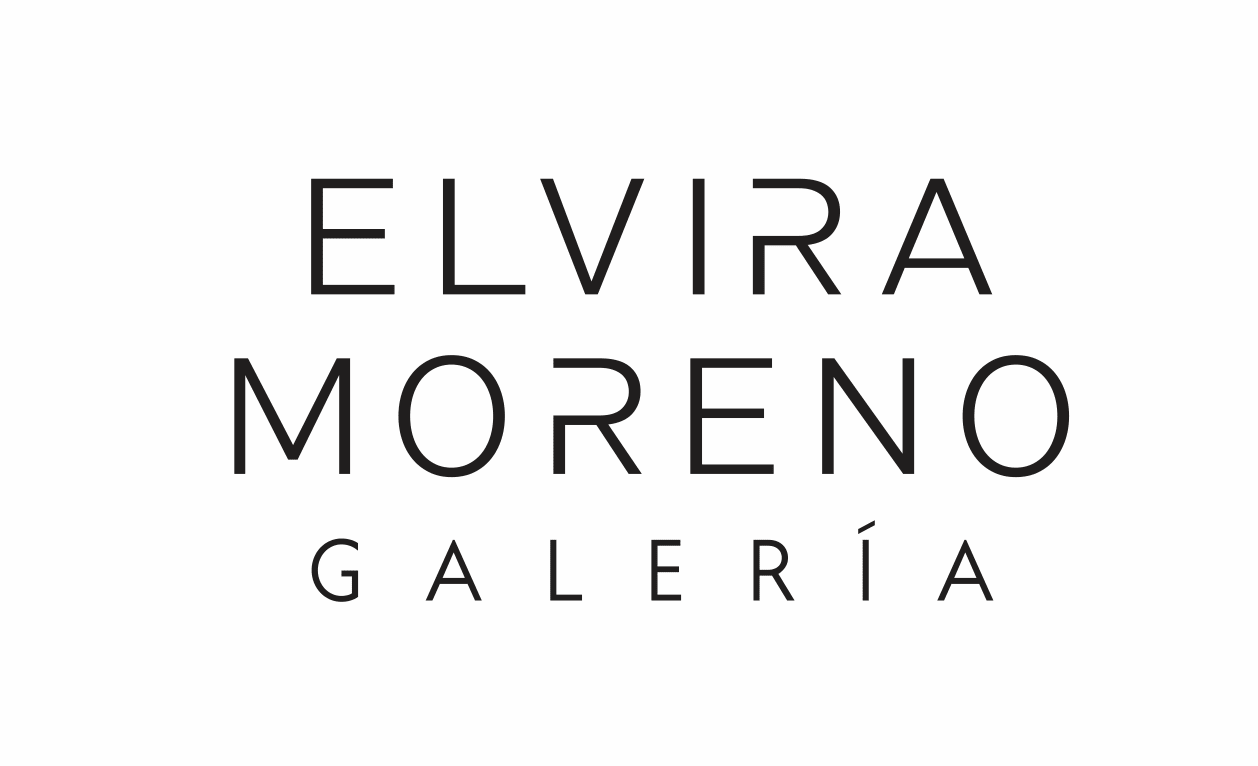Antonio Pichillá, born in 1982 in San Pedro La Laguna, Sololá, and who lives and works in Lake Atitlán, Guatemala. Pichilla graduated from the National School of Plastic Arts, Rafael Rodríguez Padilla (1999-2003)and is a member of the group TEI-CA Atellier studio on research in sciences and art with methods of study and interdisciplinary research around contemporary art directed by Roberto Cabrera (2001-2014), and has been in residence at the foundation nuevas raíces, Antigua Guatemala on 2016.
Pichillá has an extensive artistic background focused in researching related to both, Western traditions of what's called "abstraction and ancestral textile traditions" originating from his Mayan family and origin. His artwork is characterized as experimental and multidisciplinary, rooted in the landscape and in the updating of the ancestral past in the present.
His work can be found in multiple outstanding collections such as Museo Reina Sofia, Spain; Tate Museum, London; Detroit Contemporary Art Museum, Kadist Art Foundation, San Francisco, USA; IL POSTO, Chile; Inter-American Development Bank, Washington; Quinto Lojo Collection, Guatemala; Banco de España Collection, Spain; Space Collection, California, Luiz Chrysóstomo Collection, Rio de Janeiro, Brazil and the Ernesto and Cecilia Poma among many.
He has received numerous mentions and awards internationally and has participated in collective as swell as individual exhibits that has made him the most established artist of his region.
He has recently participated at the 22a Bienal Sesc_VideoBrazil en São Paulo Brazil, and at the Museum of Contemporary Art Santa Barbara CA with his solo “Tejiendo el Paisaje” and at the Denver Art Museum. He is currently being exhibited at the Barbican Centre in London, UK and is part of group exhibitions in Sao Paulo and Milan.
“Nature is a pillar in the worldview of the Mayan peoples. All beings are part of the same living system. "Mother Earth" or 'mother nature' is the container of life: a tree, a stone, water, the sky, the wind... everything has the same breath of life that makes it deserving of the deepest respect.Lately, my artistic production is related to textiles and my experience and closeness from childhood to my weaver mother, an ancestral ttradition that i took since childhood. For this reason, the act of weaving on the backstrap loom represents for me the connection of the body with the textile, the textile with the trunk of a tree, the tree with its roots in mother nature, therefore the textile process with its strap attached to my waist and abdomen ends up being like an umbilical cord.Weaving textiles in a forest – getting entangled between body and soul – is a manifestation of the close relationship between mother nature andthe human being; however, the industrial loom, as it has being conceived, is separated from the land thus far from its primordial intentions. By returning the backstrap loom to the body I restore the connection between the body, the textile and mother nature.”To our mothers. Antonio Pichilla Quiacain.
“Nature is a pillar in the worldview of the Mayan peoples. All beings are part of the same living system. "Mother Earth" or 'mother nature' is the container of life: a tree, a stone, water, the sky, the wind... everything has the same breath of life that makes it deserving of the deepest respect.Lately, my artistic production is related to textiles and my experience and closeness from childhood to my weaver mother, an ancestral ttradition that i took since childhood. For this reason, the act of weaving on the backstrap loom represents for me the connection of the body with the textile, the textile with the trunk of a tree, the tree with its roots in mother nature, therefore the textile process with its strap attached to my waist and abdomen ends up being like an umbilical cord.Weaving textiles in a forest – getting entangled between body and soul – is a manifestation of the close relationship between mother nature andthe human being; however, the industrial loom, as it has being conceived, is separated from the land thus far from its primordial intentions. By returning the backstrap loom to the body I restore the connection between the body, the textile and mother nature.”To our mothers. Antonio Pichilla Quiacain.


